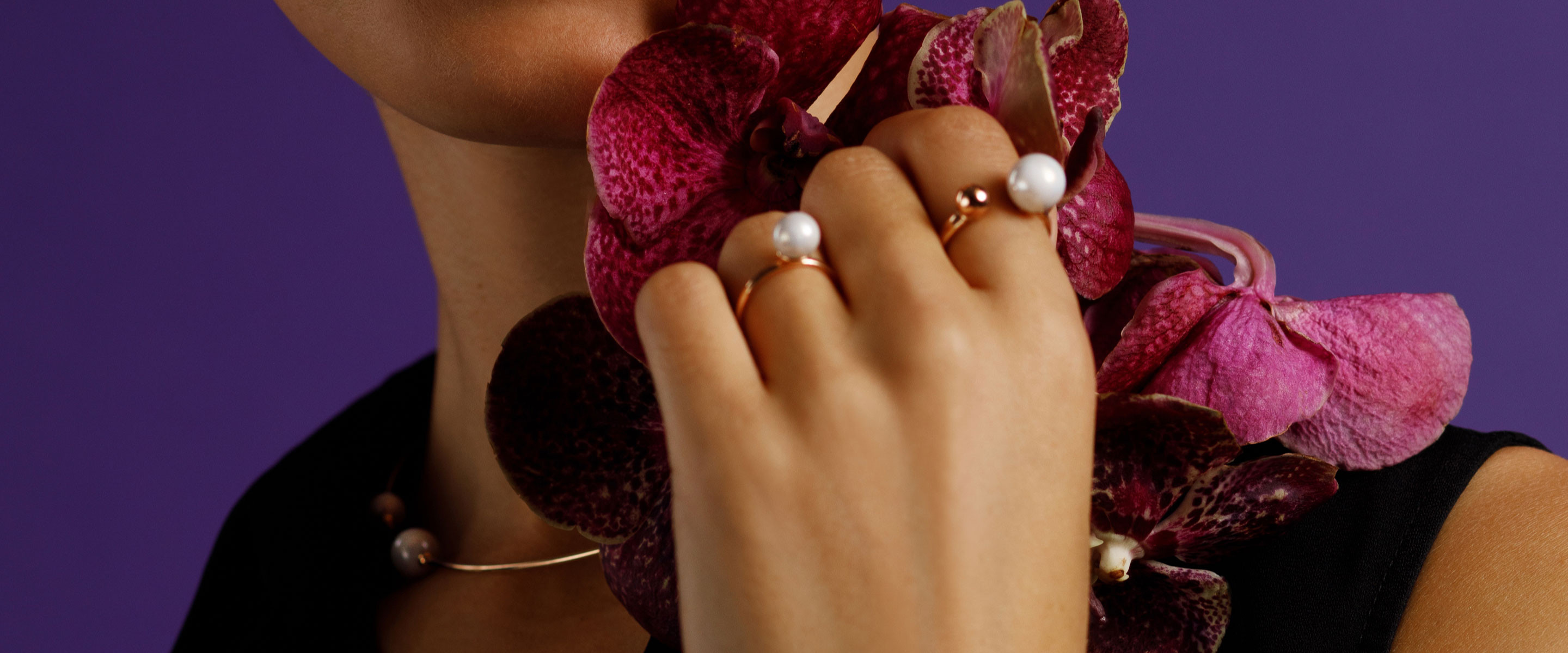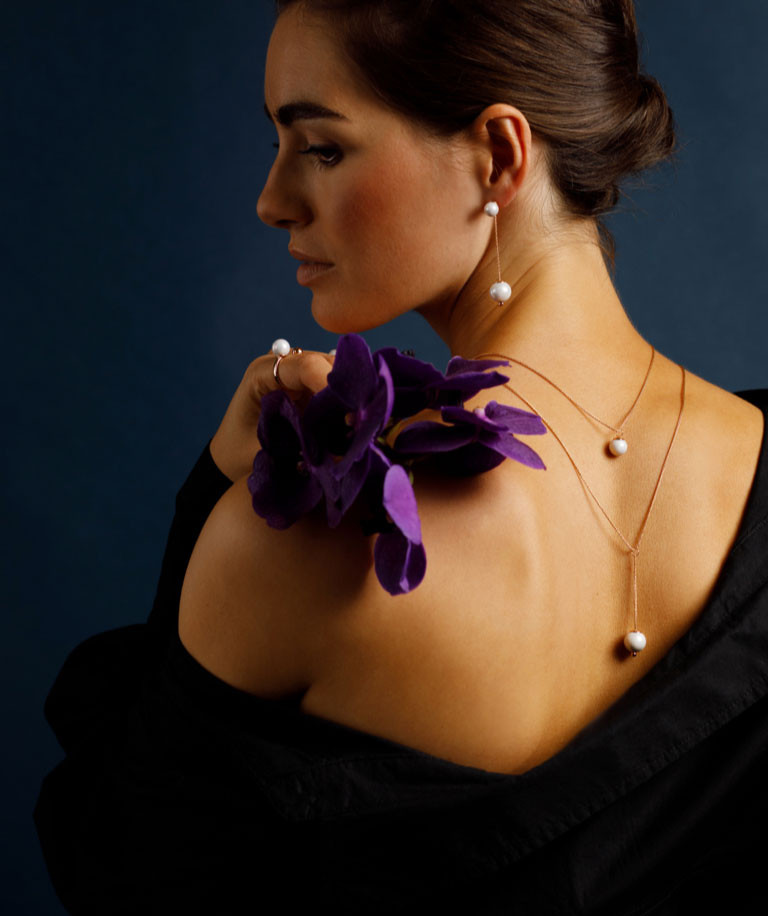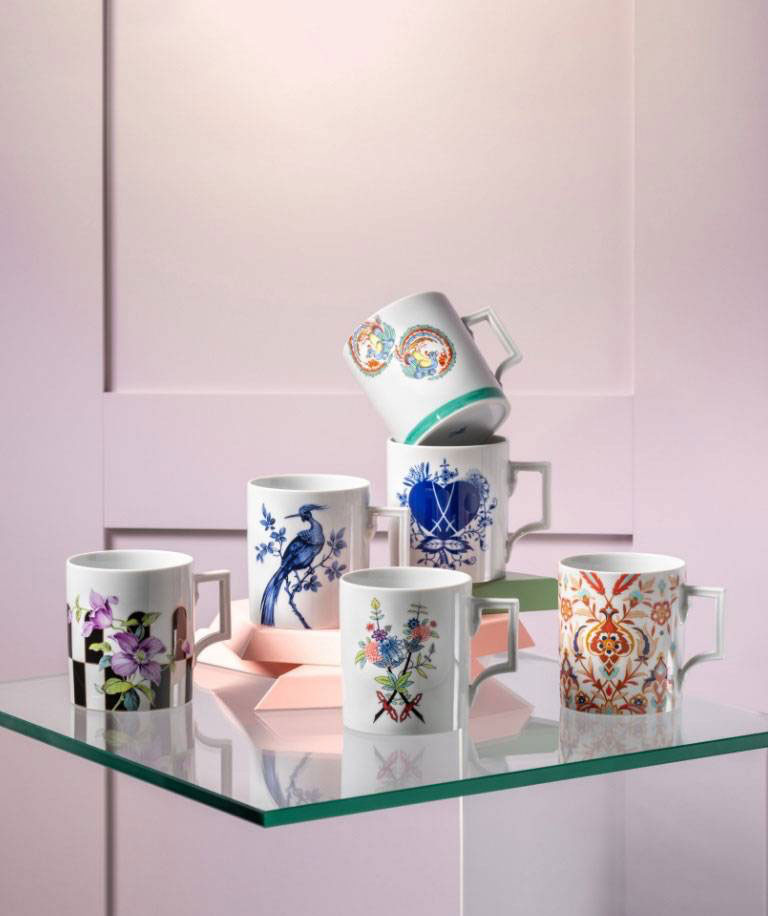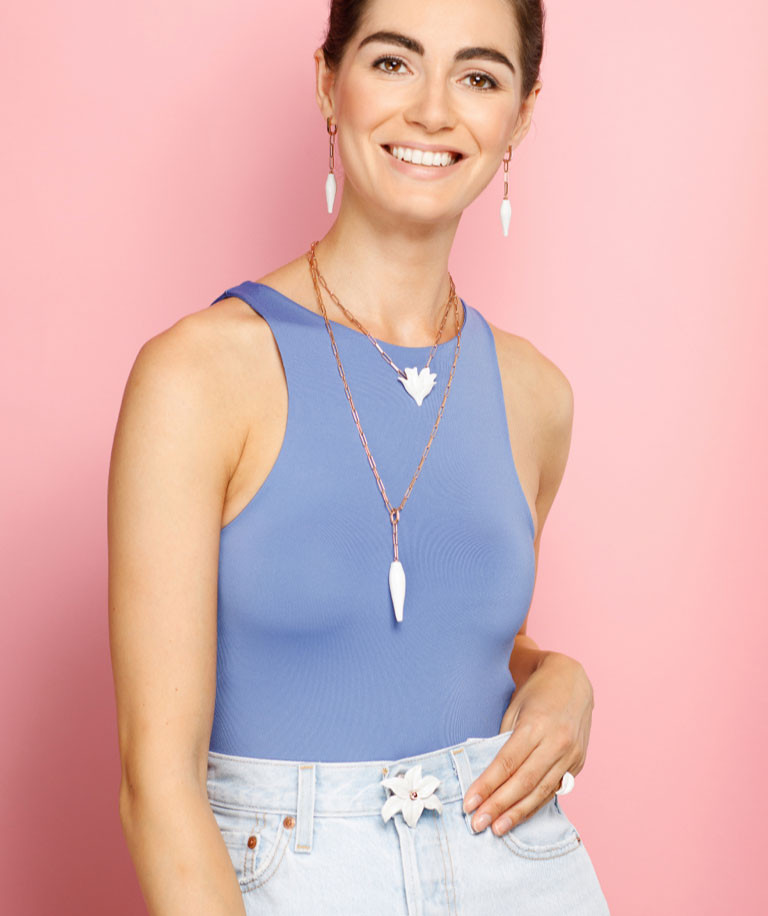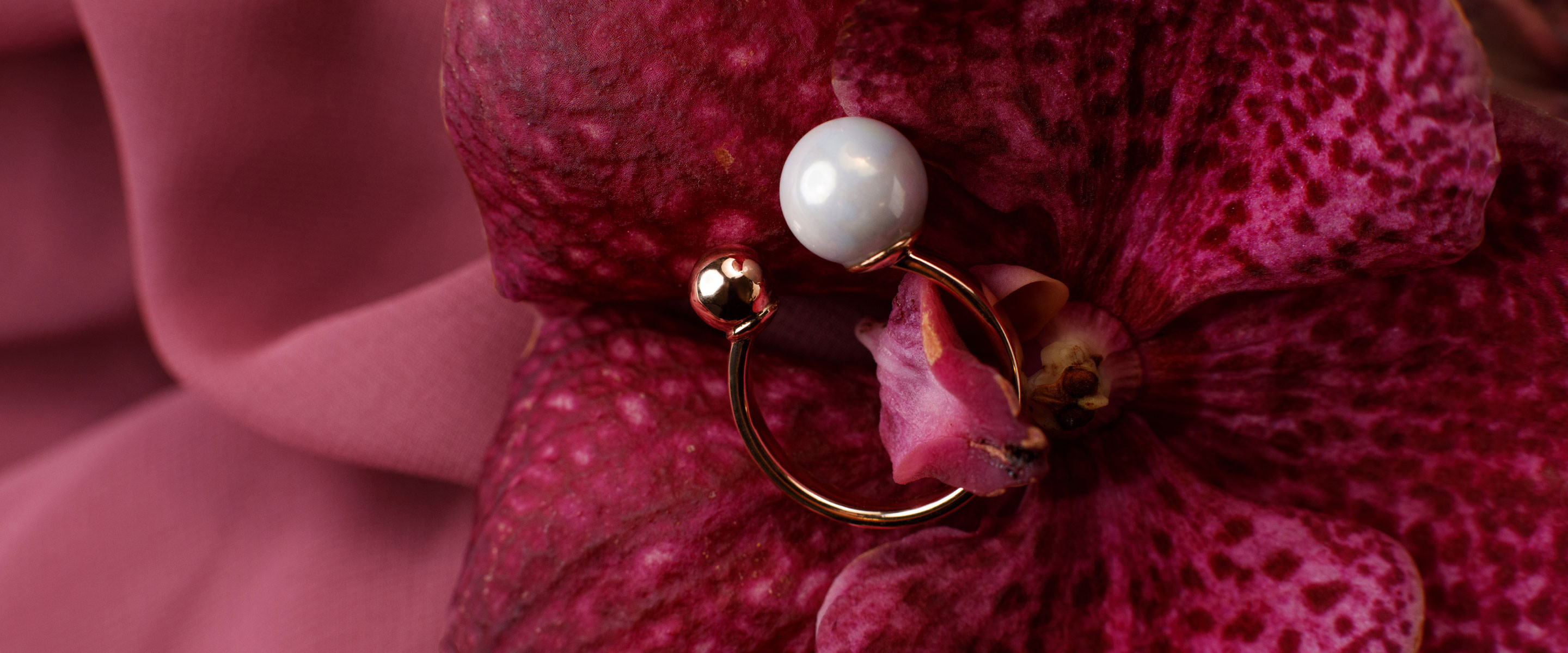
The pearl myth - What is behind the fascination?
#Pearlescent
#Pearlescent
-
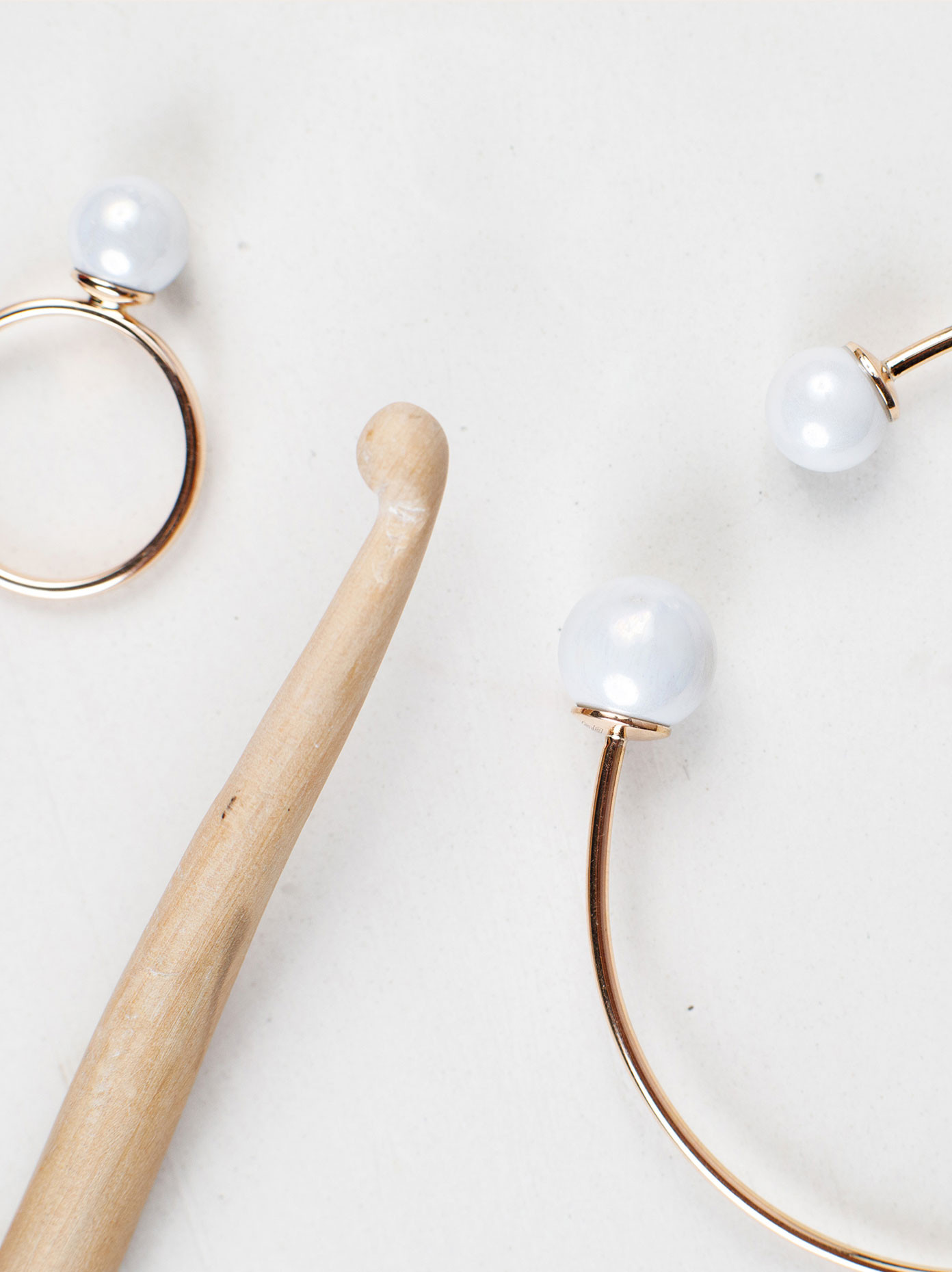 An almost inimitable shimmer with a unique color depth. An unmistakable interplay of light reflections and refractions at the edges of the crystals of the mother-of-pearl. All this makes the pearl probably one of the most beautiful pieces of jewelry to be found and has captivated mankind for thousands of years. The oldest pearl ever found was in a resting place in Umm al Quwain, one of the seven emirates of the United Arab Emirates. In terms of time, it dates from the Early Neolithic, the oldest period of the Neolithic Age, and can thus be assigned to the years between 5,500 and 4,900 BC. This means that the oldest known bead is over 7,000 years old. However, the fact that the shimmering spheres continue to hold such fascination to this day is due to much more than their appearance. Over the past millennia, numerous myths have grown up around these valuable pieces of jewelry, which still lend the pearl its significance and symbolism today.
An almost inimitable shimmer with a unique color depth. An unmistakable interplay of light reflections and refractions at the edges of the crystals of the mother-of-pearl. All this makes the pearl probably one of the most beautiful pieces of jewelry to be found and has captivated mankind for thousands of years. The oldest pearl ever found was in a resting place in Umm al Quwain, one of the seven emirates of the United Arab Emirates. In terms of time, it dates from the Early Neolithic, the oldest period of the Neolithic Age, and can thus be assigned to the years between 5,500 and 4,900 BC. This means that the oldest known bead is over 7,000 years old. However, the fact that the shimmering spheres continue to hold such fascination to this day is due to much more than their appearance. Over the past millennia, numerous myths have grown up around these valuable pieces of jewelry, which still lend the pearl its significance and symbolism today.
Cleopatra VII is known as the daughter of the pharaoh and later undisputed queen of Egypt. She was known for her beauty, for her charm and for her irresistible attraction. Besides her natural charisma, her secret was certainly her outstanding sense for body care, make-up and above all precious jewelry. When pearls came into the hands of people exclusively through lucky finds, the "jewels of the seas" were even worlds more precious than they are today. A bet with her lover Marcus Antonius is who can serve up the most expensive and decadent delicacy at a joint banquet, has been handed down to us to this day. While Marcus Antonius confidently placed nightingale tongues and crab-tooth meat from Mongolia on the banquet table, Cleopatra merely had a bowl of vinegar served. She is said to have placed one of the two pearls she wore as ear jewelry in this bowl of vinegar, whereupon it dissolved. Cleopatra drank the vinegar and won the contest for the most expensive delicacy. Thus the pearl became once and for all what it still stands for today. A symbol of wealth and perfection, which makes even the simplest things shine with a luxurious glow.
“The world is your oyster. It’s up to you to find the pearls.”
Chris Gardner, American businessman
Chris Gardner, American businessman
-
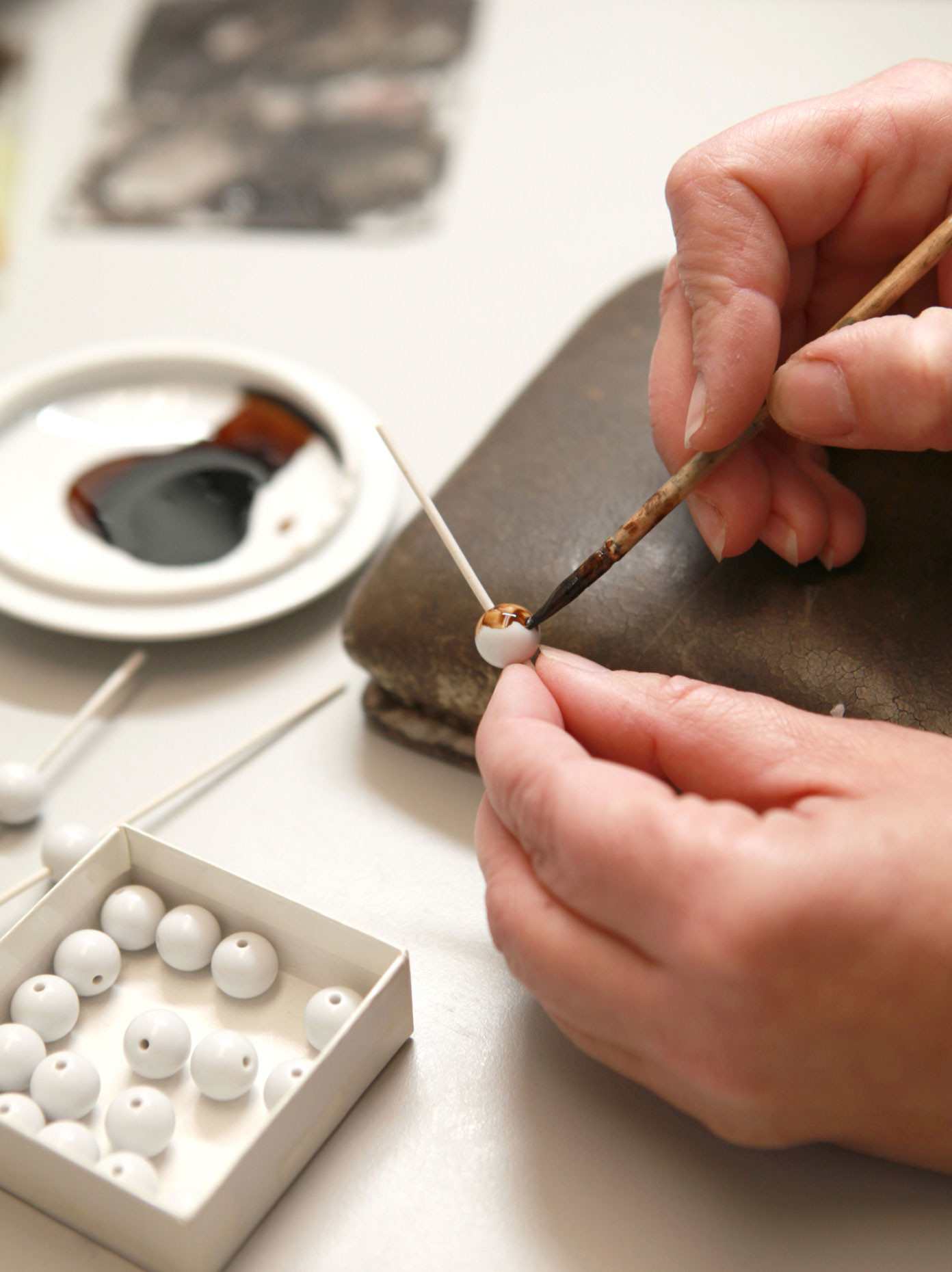 The Queen of England Elizabeth I, daughter of Henry VIII, was also known for her love of pearls and was sometimes even called the Queen of Pearls. She is said to have worn not only more than seven pearl necklaces, some of which even reached her knees, but was also the proud owner of a dress adorned with more than 3000 pearls. Due to her father's love life going down in the history books, which we would probably describe as complicated nowadays, Elizabeth vowed never to marry. And so her passion for the unique pearl jewelry can perhaps also be transferred to the present day with a certain role model function. Thus, the pearl stood and still stands for incomparable beauty and femininity like no other jewelry. However, it is not necessarily meant to shine for others in the first place, but above all to make you shine yourself. And so the pearl also stands for self-confidence, independence, power and love - for others or for oneself.
The Queen of England Elizabeth I, daughter of Henry VIII, was also known for her love of pearls and was sometimes even called the Queen of Pearls. She is said to have worn not only more than seven pearl necklaces, some of which even reached her knees, but was also the proud owner of a dress adorned with more than 3000 pearls. Due to her father's love life going down in the history books, which we would probably describe as complicated nowadays, Elizabeth vowed never to marry. And so her passion for the unique pearl jewelry can perhaps also be transferred to the present day with a certain role model function. Thus, the pearl stood and still stands for incomparable beauty and femininity like no other jewelry. However, it is not necessarily meant to shine for others in the first place, but above all to make you shine yourself. And so the pearl also stands for self-confidence, independence, power and love - for others or for oneself.
As fascinating as the lore and stories behind the round treasures are, it is exciting that to this day it is not one hundred percent clear how pearls are actually created - even if they can now be grown on a relatively large scale. Earlier assumptions about the formation of pearls, that foreign bodies penetrate into the interior of the shell, which are walled in by the beautiful mother-of-pearl layer, have been refuted by science several times. There is no real explanation to this day. And so, to this day, the pearl itself remains his greatest myth.
It is different with the porcelain pearls from MEISSEN. Here we know exactly about their origin. Unique craftsmanship with more than 300 years of tradition uncompromisingly meets the incomparable grace and elegance of real pearls. With so-called luster paint, the shimmering luster of natural pearls is recreated. Luster colors belong to the oldest color formulas of the manufactory and have been used again and again on magnificent vases and paintings in MEISSEN since the 18th century. In the final firing, they create iridescent metal oxide layers that reflect the light like mother-of-pearl. As the perfect finishing touch and shining highlight, the porcelain pearls complete our exquisite jewelry pieces in our Pearl Collection. The perfect gift for their biggest sweetheart or for yourself.
